The role of the railway guard has been in the news recently due to various industrial disputes in London and beyond. With debate set to continue over the role in the coming months, this seems an appropriate time to look at the role of the railway guard and its relevance today.
As is often the case in industrial disputes and public concerns, various issues get muddled together. In the case of dispensing with the guard there are two issues at stake. One is the seemingly trivial issue of whether the driver or the guard (also known as the conductor) should be responsible for closing the doors and the other is to what extent is it acceptable for the driver to be the only member of staff aboard a train during public operation.
The original need for a guard
During the early years of railway operations, regulations required trains to have a guard. This was primarily in case the train became separated, which was a very real possibility. The consequence of having a portion of the train “running away” without anyone to apply the emergency brake could be very serious indeed.
A secondary reason for having a guard was that, in the event of accident or derailment which blocked the line in both directions, it would be possible for the driver to protect the train from collision at the front whilst the guard protected the train from the rear. This would be done by placing detonator caps on the track to warn other trains of danger. In the days before bright colour light signals and track circuits the application of detonators was really the only way that a train could be fully protected. It was all too easy for the driver to miss a paraffin-lit semaphore signal in the dark, especially if the train was pulled by a steam engine.
Nowadays axle counters are sometimes used instead of track circuits but in these days of instant communication with the signal box or control centre the need to get out on the track to protect the train has all but disappeared.
Driver Only Operation is nothing new
It follows from the above that so long a train consists of more than one vehicle (of which the engine counts as one, as does each carriage or wagon) it must have a guard. In the distant past, realistically the only possible train that could have run without one would have been composed of a single carriage (almost certainly electrically powered). Semantic purists of the day could have argued that this would not be a train as the term originally meant a train of carriages, but we will let that pass.
The issue of train protection also meant that it would be unlikely that Driver Only Operation (DOO) would be permitted then on anything other than continuous track circuited routes or single track lines with “one train working” or “one engine in steam” as it used to be called – even if the propulsive power was provided by something other than steam.
 The South Acton shuttle or “the tea run”
The South Acton shuttle or “the tea run”
As a result of all the above in the past examples of Driver Only Operation were few and far between. In fact, the only known example was the famous “Tea Run” on the District Line. This was a shuttle between Acton Town and South Acton, something we covered in an article on Driverless Trains and the Underground. The driver could put the kettle on the stove and do a round trip in the time it took the water to boil for his tea.
A snail in a ginger beer bottle
Whilst railways in the past saw it as their duty to transport their passengers safely (in part thanks to a trip that a certain Mrs Donoghue took to Paisley in 1928), a lot of onus was still on the passenger. Passengers were not supposed to open train doors whilst the train was in motion and if they did, and they were injured, then it was basically their fault. It was less clear, however, who was liable if an innocent passenger, possibly on the platform, was also injured as a result. Similarly, it was up to the passenger not to get off the train if there was no platform for him to step onto, and at the time the nearest one would get to an announcement of a short platform would be a possible mention at the station at which the passenger boarded the train (if it had a public address system), or by the guard if he happened to check the ticket and thought to mention it.
Despite the onus on passenger safety still largely being the responsibility of the passenger, up until the 1960s it was still largely unthinkable that trains would operate without a guard. Railway regulations required a guard, the technology needed to even consider removing the guard just did not exist and the notion of a duty of care made the idea of getting rid of the guard a legal nightmare if something went wrong. In addition, if you are going to have a guard who can alight onto the platform to check that it is safe to depart, you might as well have him giving the “right away” and opening and closing the doors if powered doors are used.
Little emphasis on passenger safety
The start of the video below excellently illustrates the rather lackadaisical approach to safety on the Underground when it came to what is now rather grandly termed “the platform train interface”.
Guard operating Underground doors in 1990
There is no line for passengers to stand behind. The platform has a severe curvature. The guard does not make use of the complete width of the platform to establish that passengers are clear of the doors at the front of the train. Worse, and most unforgivable of all, there are monitors provided so that he can do his job properly but he can’t even be bothered to look at them. Note also the rather half-hearted glance to the rear after the doors have closed.
As further food for thought, this is at the platform which, for historical reasons, has the worst curvature on the entire line. If there was a platform that required diligent operation then this was it. Also note, in possible contrast to today, that there were no platform staff present to confirm that it was safe to depart and, even if there had have been, their appearance would not have been distinctive. A rather nebulous wave of the hand would also have been considered sufficient as an indication that the train could now proceed.
The Victoria line
The introduction of a single “Train Operator” on the Victoria line when it opened signalled that start of a revolution. Note that the term “Driver Only Operation” was not used because the train operator of the automatic train was not really considered to be a driver. Although he sat in the conventional driver’s position, his primary role was to open and shut the passenger doors. In a way this pioneering line did not so much get rid of the guard as get rid of the driver and put the guard in his seat.
At the time, the Victoria line was very much a one off with unique attributes. It was entirely underground except for the depot and so, supposedly without the disadvantage of rain, the trains could stop fairly accurately in the stations. In fact they made the platforms extra long to cater for the limitations of the day but, even then, “driver” intervention was sometime required.
The Victoria line also had a new form of cab-to-control communication which no other line – above or below ground – had. This supposedly enabled communication on the move at all times (although this was found not to entirely live up to this specified requirement).
More crucially, the platforms were entirely straight (or exceptionally very nearly so), which was pretty vital given the poor resolution and clarity provided by the black and white cathode ray platform monitors that the operator had to assist him with platform dispatch duties.
Other lines follow slowly
With British Rail still largely operating slam-door stock and the large capital investment required to change that, it was clear that it was only really London Underground who were likely to follow the pioneering Victoria line and have a single member of staff aboard their trains. The term “Driver Only Operation” (DOO) soon became seen as something that could be more accurately applied to other lines, where the one member of staff on board would be responsible for both driving the train and operating the doors. Eventually the term was used regardless of whether the train was manually or automatically driven.
It took quite a few years for the other lines to follow the Victoria line though. Availability of continuous on-the-move communication was eventually provided using the “leaky feeder” cable method and indeed the Victoria line was eventually retro-fitted with this as well. Trains were modified or new stock, fitted out for DOO, was introduced. Colour monitors started making an appearance and indeed the number of monitors provided increased – especially when curved platforms were involved.
Whilst the introduction of DOO on the Underground certainly led to disputes, it was not as traumatic for staff as it might have been. With depots fairly close to each other there was a lot of opportunity to avoid redundancies by transferring staff to another line if staff wished to, or even to retrain as a driver. This allowed natural wastage to account for the reduction in numbers required. Of course, this does not work for the final line to move over to DOO, which was the Northern line, but at least it was clear for many years what was slowly and inevitably happening as as new rolling stock was procured.
A superior method of monitoring the doors
With London Underground appreciating how critical it was to ensure doors closed safely, they looked around for something rather better than platform monitors or, its cruder companion, mirrors. The fairly obvious answer was to position the monitors in the cab. With modern electronics quite capable of transmitting multiple colour video streams to the driver’s cab this proved quite feasible. The later development of LCD displays improved the situation further in terms of clarity of image, ease of maintenance and finding space to locate them in the drivers cab.
A bonus for London Underground was that once in-cab monitors were universally installed the platform monitors could be removed. At some platforms this meant it was possible to eliminate Selective Door Operation (SDO). Expect to see some District line stations have SDO removed once the last of the D78 stock disappears.
For London Underground, putting the door monitoring panels in the cab was an ideal solution. It placed the monitors in the best position possible for the driver whilst the cameras could be located in the most appropriate positions for the platform. It also meant that the driver was in an enclosed environment, undisturbed by passengers.
As well as improvements on the train, at certain platforms on the Underground, the driver is given a “right away” signal by clearly identifiable platform staff, either by a fixed white light on the platform or by the station assistant’s “wand” being illuminated with a circle of white LED lights. Accident reports show that the arrangement is not foolproof, but it is pretty much as good as it can get (short of installing platform edge doors). A very similar practice is in operation at various Network Rail stations, with the platform staff communicating with the guard instead – if one is present.
Very significantly, for Crossrail, for which second best is never acceptable, operating with in-cab monitors combined with platform-mounted cameras has been adopted for overground stations. This has been done even though it required negotiating with Network Rail to adopt something that was, for them, completely new.
British Rail joins in
For various reasons, it was going to be less easy to introduce DOO on British Rail. A chance presented itself with the Bedford – St Pancras (BedPan) electrification scheme. A dispute over introduction of the scheme, which was eventually resolved, meant that by the time DOO was fully introduced it was proposed that this route would become part of the present day Thameslink scheme.
Operation on Thameslink was to be similar to that at the time on London Underground. One small difference was the use of multiple directional aerials in the running tunnels rather than a leaky feeder cable. Given the reluctance to invest in the railways at the time, it may well be the case that DOO helped convince the government of the day that the investment was worthwhile.
Unlike London Underground, the opportunities for guards to conveniently transfer to another depot when the new Thameslink trains were introduced were sometimes limited. Redundancies were eventually avoided by agreeing to have former guards carry out on-board revenue collection duty until natural wastage resolved the problem. To the surprise of nobody except, it seems, the railway managers, it was said that the increase in revenue brought about by ticket checks meant that the continued employment of the displaced guards could be justified on financial grounds for a considerable period of time.
For many years after this DOO was brought into use in the London area and beyond with relatively little difficulty. Notable have been Chiltern Railways and c2c which are both almost exclusively DOO. An exception has been on the former South Western division of British Rail (now South West Trains) where the unions have absolutely refused to accept DOO and to this day every single South West Trains service has a guard present. Notoriously, platform monitors for the drivers were installed (and eventually removed) all over the South West Trains suburban area and not a single one of them had seen beneficial use.
In a rather amusing postscript, some of the original Thameslink trains, the class 319, now nearly 30 years old, have gone up north to run on the Northern Electric routes and one of the modifications needed was to fit guard controls for the doors. This was a sensible and pragmatic arrangement given the lack of platform monitor screens in that part of the world and with many stations unstaffed for part or all of the day.
DOO gets better
By 2003 Southern were running DOO with train mounted cameras rather than relying on mirrors or platform monitors. What is surprising is that this did not appear to be a game changer. New trains from then on were fitted with the technology, but there appeared to be no great rush to get rid of either the platform mounted equipment or the practice of the guard closing the doors on existing services operated with the new trains.
In 2009 SouthEastern introduced the new class 395 (“Javelin”) on HS1. From the outset they had train managers not guards – a subtle but important difference.
Whilst the use of train mounted cameras was an evolutionary development, it was London Overground that seemed to fully embrace the idea when it replaced the rolling stock on all its existing electrified routes and relied on the train mounted cameras and driver’s in-cab monitors.
 One of many train mounted cameras for monitoring doors.
One of many train mounted cameras for monitoring doors.
The train mounted cameras, combined with the on-board monitors, have very obvious advantages when it comes to setting up appropriate infrastructure and maintenance. Less obvious is the surprisingly good image generally obtained. On Network Rail it is often not easy to position platform cameras in a good position. This is due to various factors, such as overhead lines and canopies and the lack of a roof or bored tunnel to mount the camera on.
A further advantage of the monitors being in the cab is that they are largely, but not entirely, unaffected by sunlight, which can strike the platform based monitors at the wrong angle and make them temporarily unusable.
 Southbound at Surrey Quays with not a mirror or platform monitor in sight
Southbound at Surrey Quays with not a mirror or platform monitor in sight
London Overground does it controversially
With the enormous cost of providing guards on frequent rail services, it is not surprising that TfL pushed for the elimination of guards on all trains they operate – either directly or indirectly via the Train Operating Company running their services. It is an easy way, indeed possibly the easiest, to save money with very little adverse effect on the travelling public. Indeed, it can even have a positive effect as trains are no longer cancelled for lack of a guard.
As with the Underground, this can be relatively painless until you get to the last line to be converted to DOO. For London Overground, this was the Gospel Oak – Barking line. With no alternative depot to post them to, various guards were given redundancy notices. Those affected are, of course, free to apply to another company but with only South West Trains (main suburban depot Wimbledon) having a substantial number of guards posts it effectively means that those made redundant have to take retirement, get a different job or move to another part of London or elsewhere in the country.
What makes the elimination of guards on the busy two car diesel trains that operate on the Gospel Oak – Barking line (Goblin) interesting and relevant to today is that the RMT under its then leader Bob Crow, claimed that this was detrimental to public safety. TfL countered by saying, on the contrary:
On the East London Line, which uses driver only operation, the rate of door incidents is one for every 7 million passengers. This compares to the section of the network which currently uses conductors, where the rate of door incidents is one for every 4 million passengers.
Then and, as we shall see now, RMT spokesmen often repeat this general principle of safety but always with rather nebulous statements rather than specific examples, facts or figures. The linked press report quotes another RMT spokesman as stating:
RMT are going to resist this because we are determined to keep the railway safe. Fundamentally we believe all trains should be guarded by a human being. Opening and closing doors is part of what they do but not the main part – you can’t run a railway safely without people.
There are no doubt some people who would respond to the last statement with “actually you can” and others who would even go as far to suggest it is the human intervention that causes safety incidents. More plausibly, one could argue that if one was genuinely concerned about safety then employing guards is one of the least effective ways of achieving it and the money would be much better spent on ensuring platforms are level, at the correct height with appropriate lighting and sloping away from the track. Or, to really improve safety, the money could be spent on platform edge doors or automatic train operation.
The ticking time bomb
What seems to have taken a lot of people, including various union leaders, completely by surprise is that stock ordered by the DfT (such as Thameslink stock and the Hitachi InterCity Express) has been ordered without the provision for the guard to close the doors. Furthermore various tenders for franchise clearly specified DOO in them.
Biggest of all is the Thameslink franchise incorporating Southern, Gatwick Express, Great Northern and, of course, Thameslink. With Thameslink services due to take over various routes currently operated with a guard it is clear that fewer will soon be required. Furthermore you potentially have routes where some trains are Thameslink trains operated by just a driver and other trains (possibly shorter) are operated by a driver and a guard, but the trains themselves are suitable for DOO without modification.
An extraordinary outburst
In February 2016 there was an extraordinary outburst against the rail unions by Peter Wilkinson, a senior DfT official, at a meeting in Croydon. Very inflammatory and largely inaccurate, it was not what one would expect from an MP let alone a civil servant. It is hard to see how anything positive was achieved by it.
To add insult to injury one could ask why the one bit that was true (“drivers not required to work on Sundays”) was not rectified by the DfT when it wrote the tender for the franchise. A Train Operating Company guaranteed only a relatively short franchise is unlikely to try and change conditions of service without an incentive to do so, bearing in mind the grief it can cause. Indeed, one could argue that the person who should have sorted this out and got it specified in the franchise was one… Peter Wilkinson, director of Rail Passenger Services at the DfT.
Not surprisingly, Peter Wilkinson has seemingly been banned from talking in public. This is a pity because it means that the DfT now has a policy that cannot be explained by the person making it. It should be noted that, this outburst apart, Peter Wilkinson is well-respected by some in the industry for his determination to modernise the railways for the benefit of all. Indeed in an excellent article in the June 2016 edition of Modern Railways there is the suggestion that, in the light of subsequent events, Mr Wilkinson’s speech was
… far from the ill-considered outburst that we assumed at the time. Mr Wilkinson was merely articulating official government policy.
The Gatwick Express Saga
In the wake of the outburst it was clear that rail union ASLEF were left with the moral high-ground. A ridiculous speech, much circulated and known about within the industry, showed the DfT having a ridiculous paranoia. One would have expected ASLEF to milk this but hat happened On April 9th was extraordinary.
At 0530 at morning a driver refused to drive a 12-car class 387 Gatwick Express train from Victoria to Gatwick Airport with passengers on board if it did not have a guard. The 30 passengers could not travel on the service and the train departed to Gatwick empty.
The driver’s argument was that there was no agreement for DOO on the 12-car Gatwick Express. However the train consisted of 12 carriages that were nominally 20 metres long whereas the train it replaced had 10 carriages of 23m nominal length and ASLEF had agreed to drive them under DOO conditions. There was some suggestion that the extension of DOO to 10 carriages was only a concession to allow lengthening of suburban trains, but this really doesn’t fit in with the facts. To add to the absurdity, ASLEF drivers were driving near identical 12-car 387 stock (but Thameslink liveried) on the Thameslink route and have driven Southern 12-car trains to places like Horsham and Brighton under DOO before when no guard has been available. It was almost as if the ASLEF member wouldn’t drive the train because it was the wrong colour (red not green).
In a move that was to set the tone for a future dispute with conductors, the railway company, Govia Thameslink Railway (GTR) went to court and obtained an injunction to prevent ASLEF inducing drivers not to drive Gatwick Express trains. Specifically the courts could not accept that there were safety grounds for this and any claim it was for safety reasons had to be seen as a ruse.
The absurdity of this dispute suggests that maybe Peter Wilkinson’s outburst was not so unreasonable, even if still tactically rather inept, and that the above comment in Modern Railways was not so tongue-in-cheek as one would imagine.
The conductors join in
Clearly, with the DfT specifying DOO for all future Thameslink services, GTR was going to have to do something now that the rolling stock in question, fixed formation class 700 stock, was due to enter service. It was clear fewer guards would be needed.
What followed was something very similar to “Fit for the Future” which was London Underground’s plan to get rid of ticket offices. Both sides made statements that were true but misleading. It was clear that one of the objectives was to reduce head count but it was emphasised by Southern that everyone who wanted a job would have one (but by implication not the same job). Slightly more difficult to reconcile was Southern’s statement that it wasn’t their aim to remove staff from trains, with their argument that not having the guard operate the doors means that they no longer needed to cancel a train if a guard is not available. It is clear they expect most guards to redeploy to a revenue based role (and get a smaller percentage of the ticket sale in the process) which, arguably, changes the nature of the role. However, it is long established in employment law that one can be reasonably be expected to “move with the times” particularly as technology improves and one can imagine many people thinking “we have to adapt, why should they be so different?”
For their part, the unions seem to only talk about safety but seem only able, at best, to provide not very convincing anecdotal evidence for retention of guards on this ground. This has meant that Southern have spotted an opportunity to make their case.
Video showing clarity of image on monitors in driving cab
Southern’s belated efforts at explaining the issues from their perspective include the above video which shows just how good a view the driver has when closing the doors.
Meanwhile, as previously mentioned, Modern Railways covered the issue with an article on the subject which looked at the implications for the whole country not just for London. It too sees the sticky hands of the DfT all over this and makes the point that the GTR franchise is not a normal franchise where the train operating company has to pay for any loss of revenue out of its own pocket.
The Modern Railway’s article is probably the only conciliatory viewpoint that has been expressed. They have managed to put a far more rational case for looking into various issues of concern than the unions have and on the safety issue they suggest that the Rail Accident Investigation Board, the Railway Standards and Safety Board and the Office of Road and Rail should take a lead in declaring the safety benefits of having, or not having, the guards close the door and a second person being present. Whether these organisations wish to get involved in this is another matter.
 Guards monitors at Hurst Green northbound platform. The trains on this route that start from East Grinstead all have cameras fitted and a full set of monitors for door operation situated in the drivers cab.
Guards monitors at Hurst Green northbound platform. The trains on this route that start from East Grinstead all have cameras fitted and a full set of monitors for door operation situated in the drivers cab.
Who is behind all this?
To bluntly rephrase what Modern Railways asserts, by collecting the revenue and paying the TOC to provide the service, the DfT is effectively bankrolling the effects of this dispute and so enabling GTR to resist any financial pressure from the unions to settle. One can understand this. They feel there is no excuse for the railway not being efficient. There is also an ideological aspect to this. Some parts of the railway are within a hair’s breadth of being profitable even if not to the extent of being a worthwhile investment. This is taking into account all costs, including Network Rail’s real costs – not the notional track access charges which may not relate to costs and are probably too low.
A Conservative government would really like to see at least part of the railway being a genuine going concern. Of course, Eurostar would argue that they are already such an example, but that is an exceptional situation. It may well be that reducing the need for guards is enough to tip various franchises into sufficient profit for them to be considered a worthwhile investment without a subsidy.
There is another reason why there is probably a strong determination from the DfT to fight this out. A lot of the cost of running a train is the cost of crewing it. Fairly obviously, if one can reduce the crew size from two to one then a big saving can be made. This totally changes the economics of running a frequent off-peak service and, with many routes really being glorified London outer-suburban services (for example London to Oxford, Cambridge and various places in Kent and along the South Coast), it would be very helpful if the service wasn’t tied down by having to have a second crew member on all trains for the entire length of the journey. Which is better? A half hourly off-peak service with a guard at all times or a quarter hourly service with an on-board member of staff present some of the time?
And now…
At the time of writing there are currently no more strikes on the issue of removing guards from trains, but feelings are clearly running high. Visits to the High Court certainly seem to be happening with more frequency than one would expect. Clearly the passenger is unwittingly stuck in the middle of this. When the European referendum has been settled, those who like impassioned arguments devoid of established facts from either side will be able repeat the experience by attempting to follow the guards dispute on the railways.
Thanks to Graham Feakins and ngh for background information and to LT museum for use of the South Acton shuttle photo.
The post The Last Stand of the Old Guard? appeared first on London Reconnections.

 Route 54: Woolwich to Elmers End
Route 54: Woolwich to Elmers End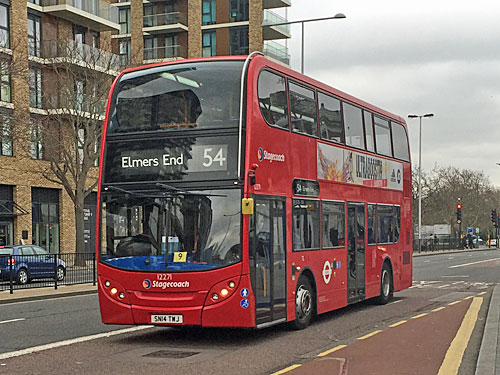




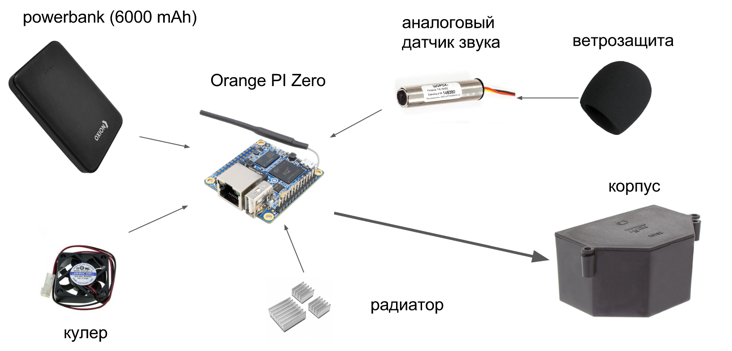
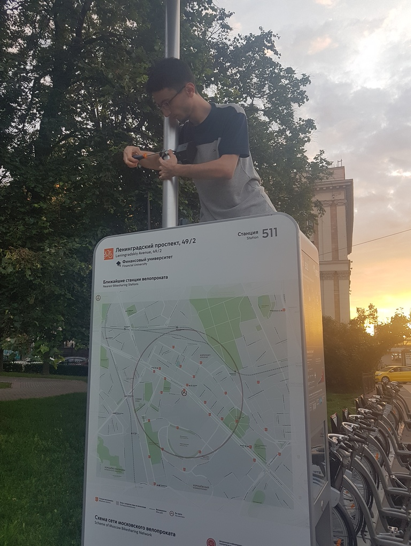
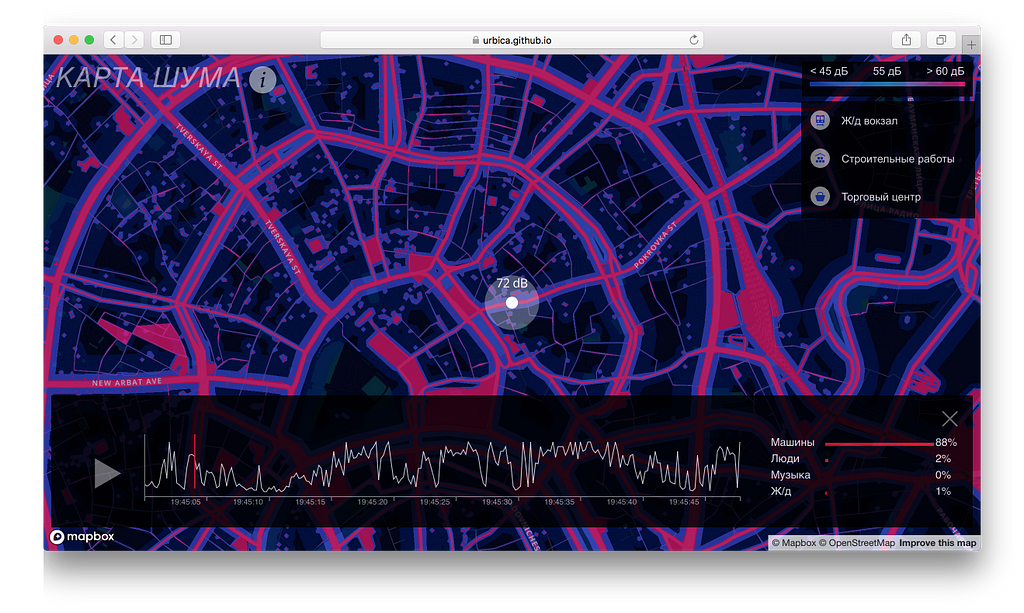





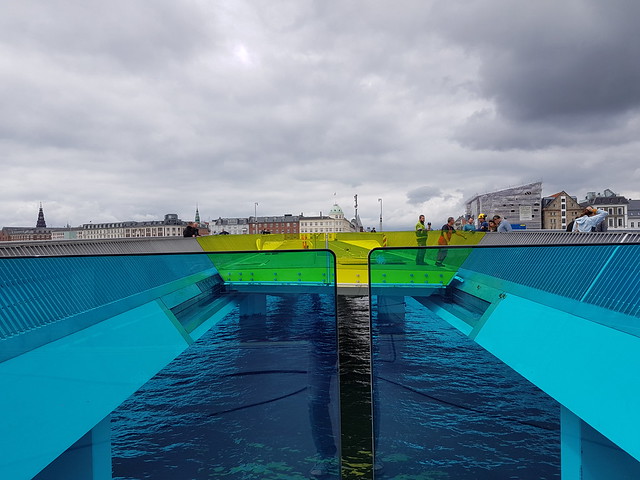
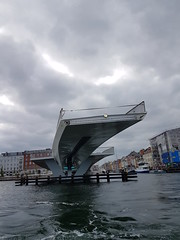
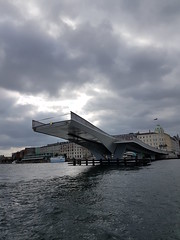

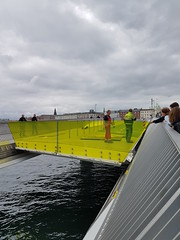
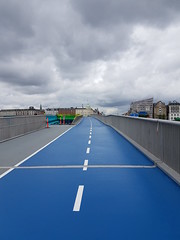






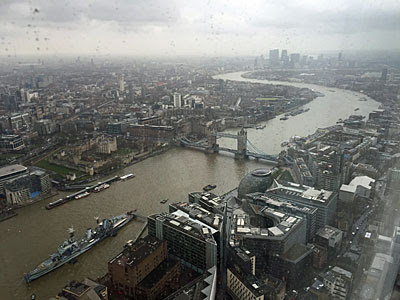












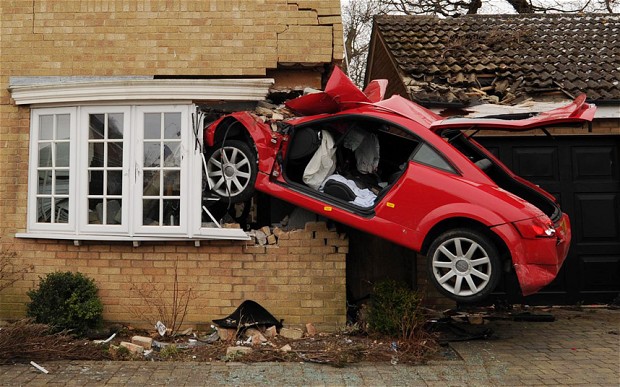
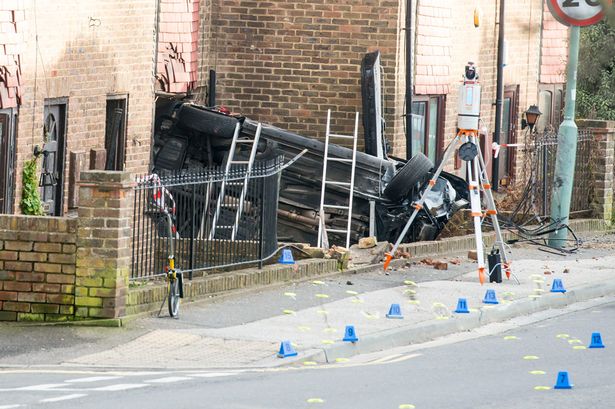










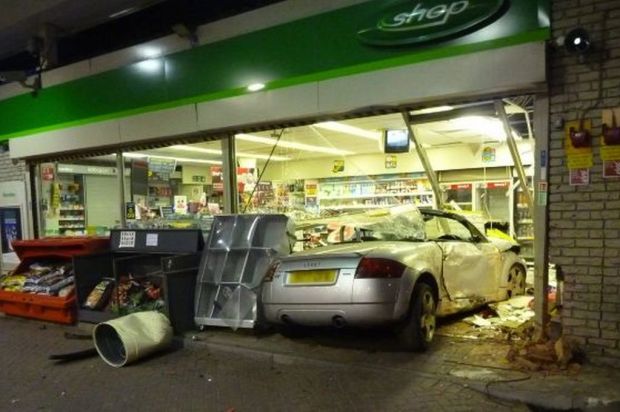


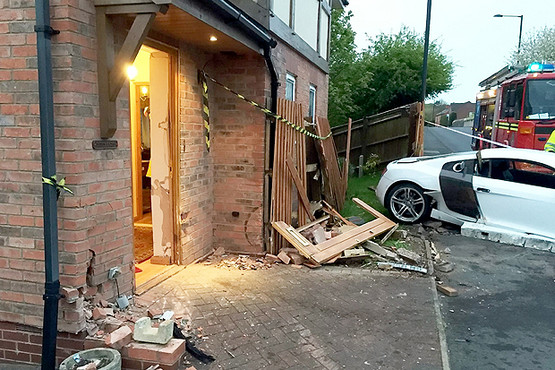
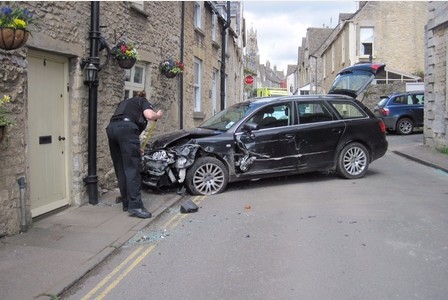





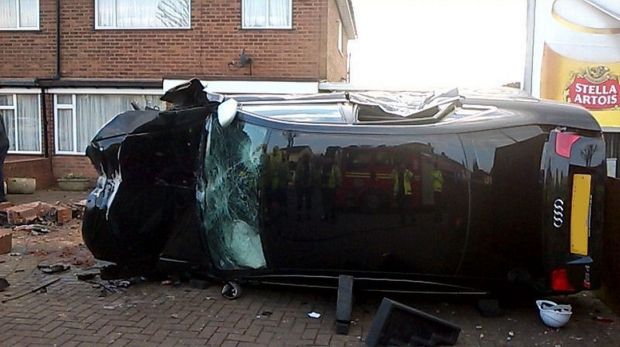
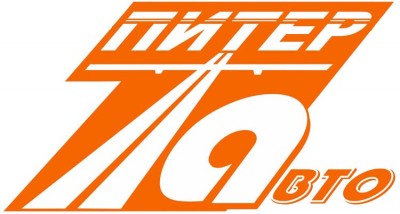
 London Underground's last three ticket offices closed for good last night. You'd be excused for not noticing.
London Underground's last three ticket offices closed for good last night. You'd be excused for not noticing.



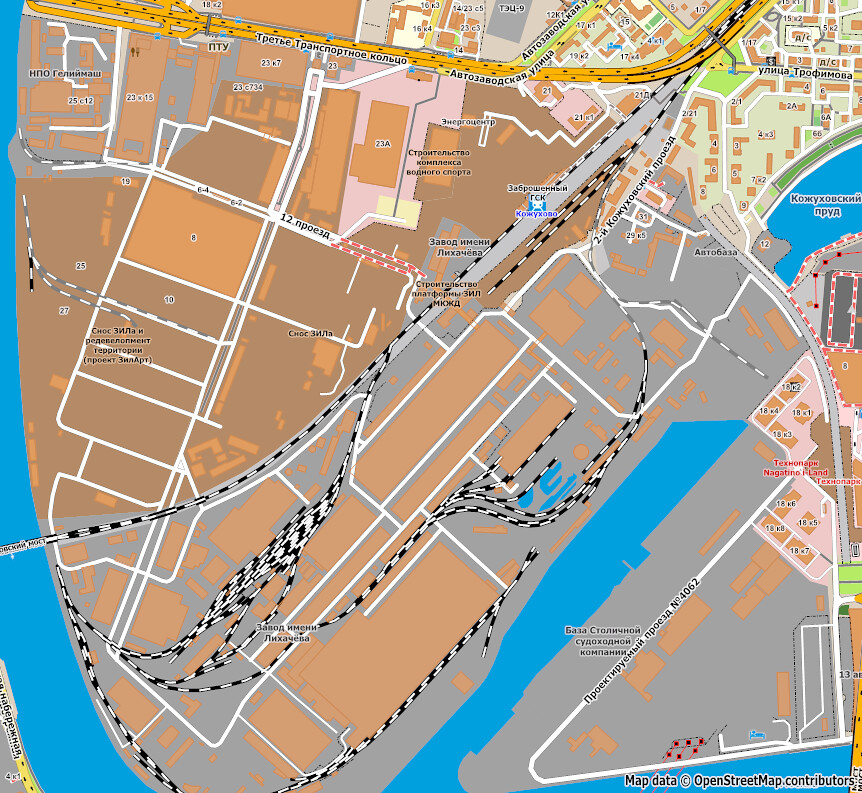
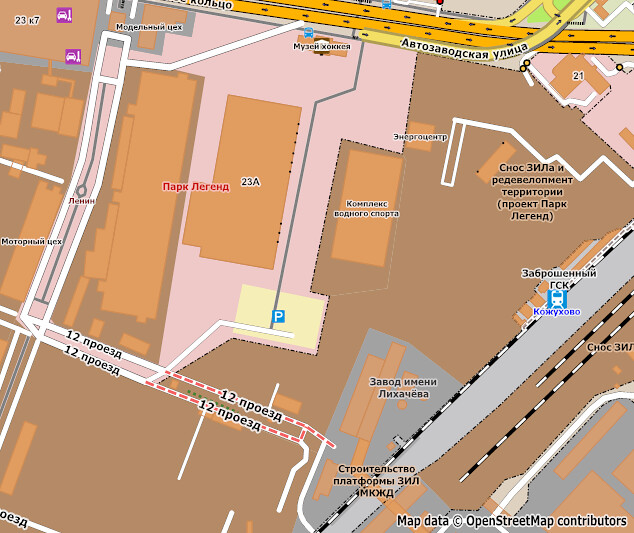


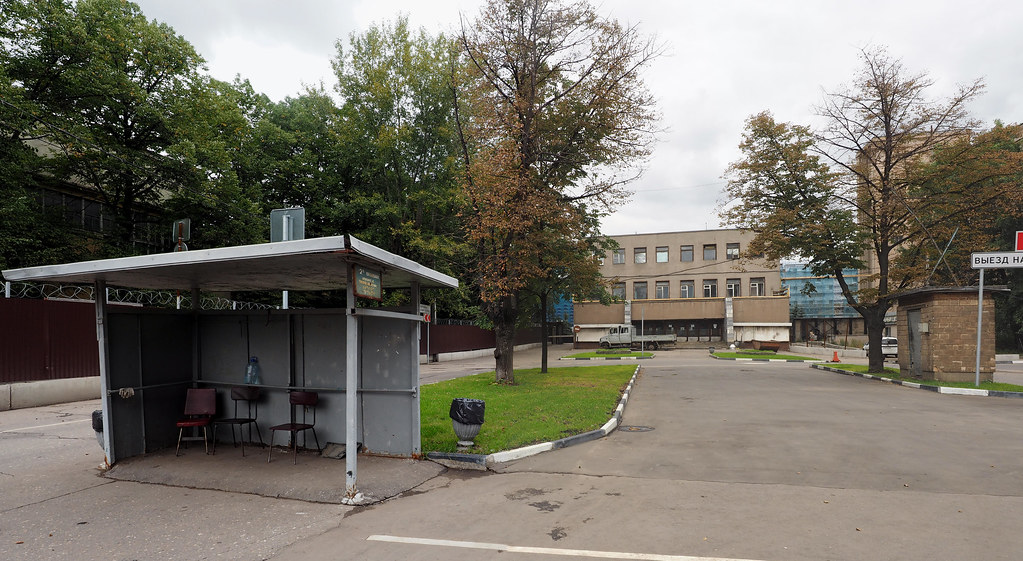
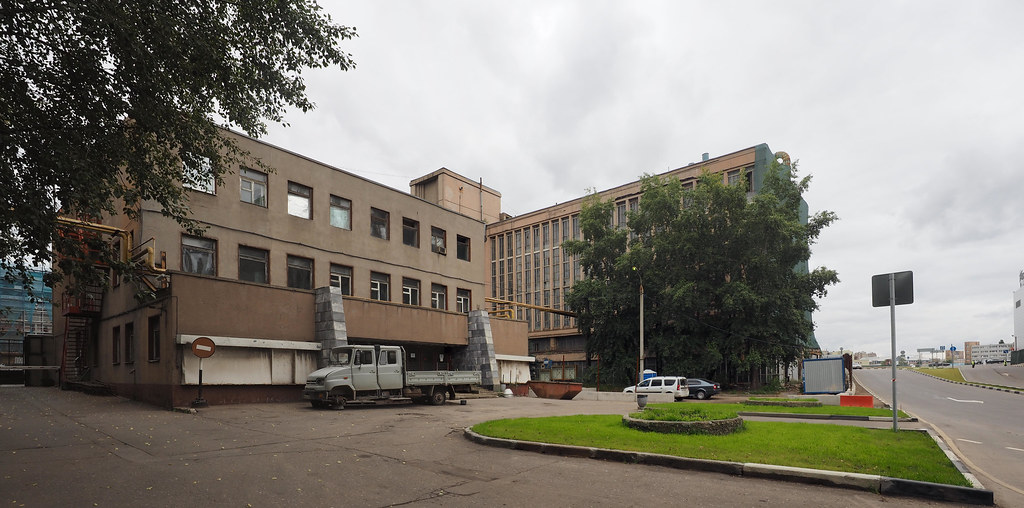
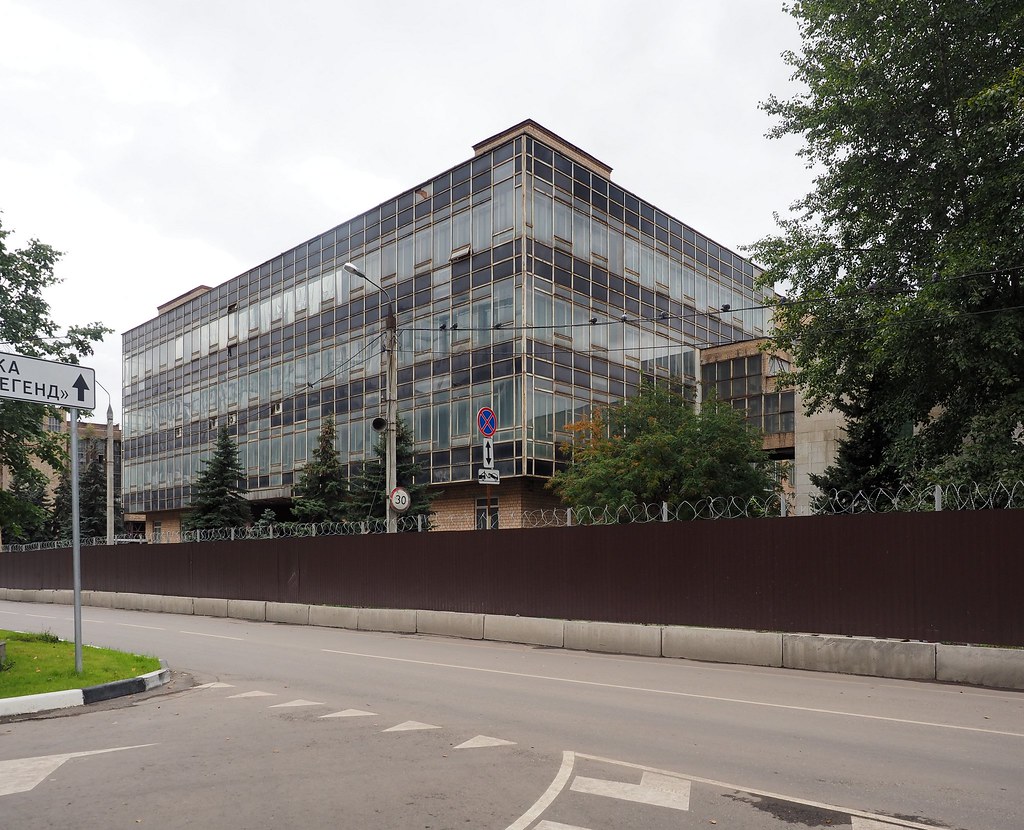
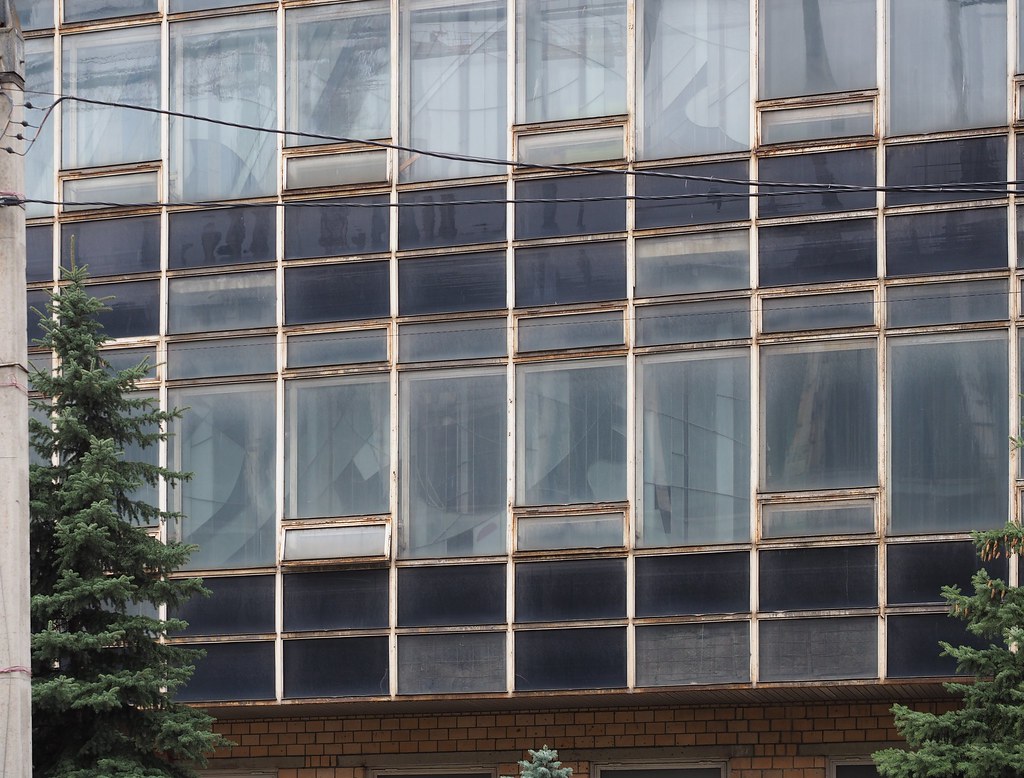
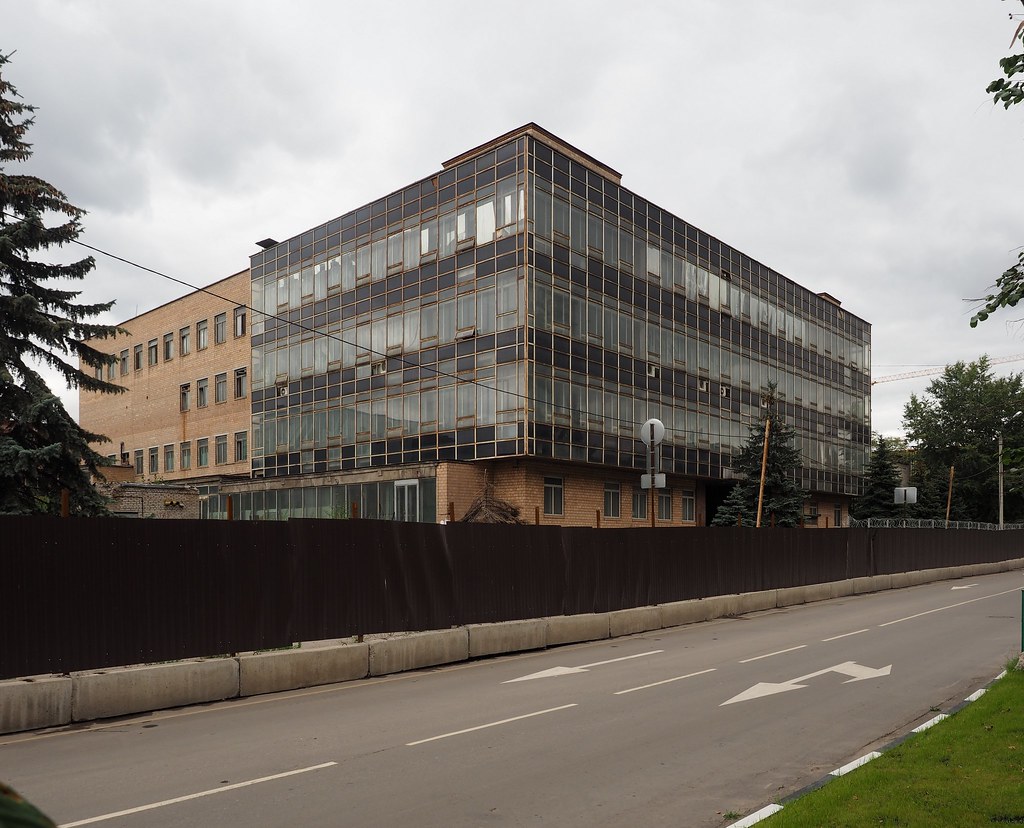


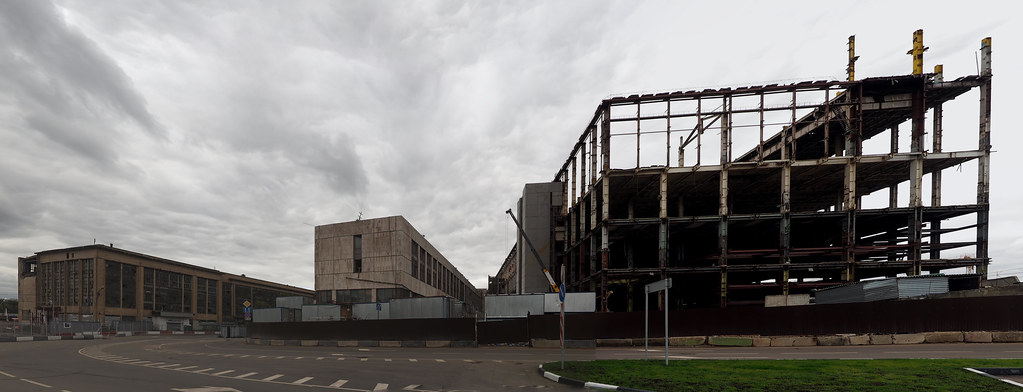
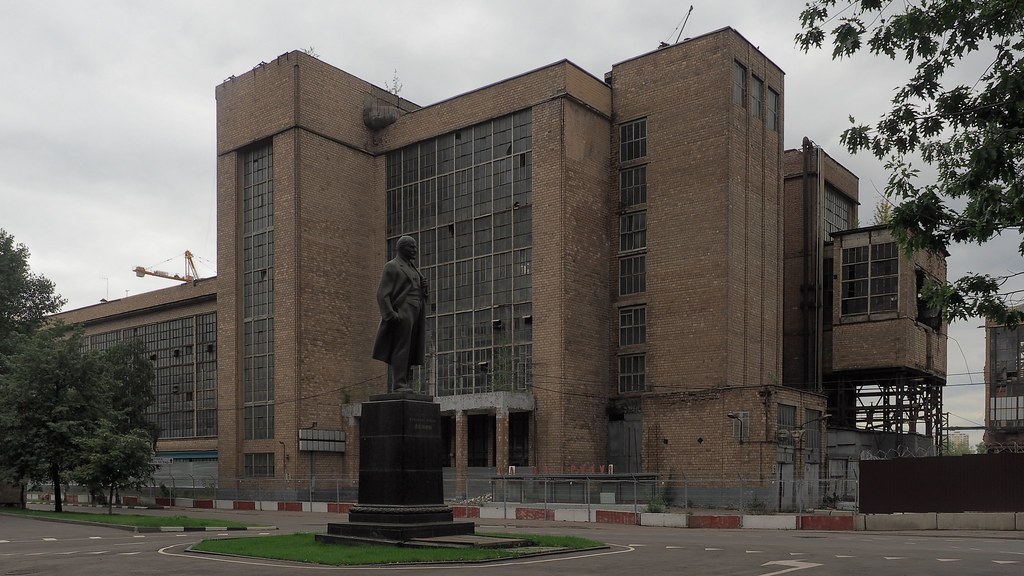

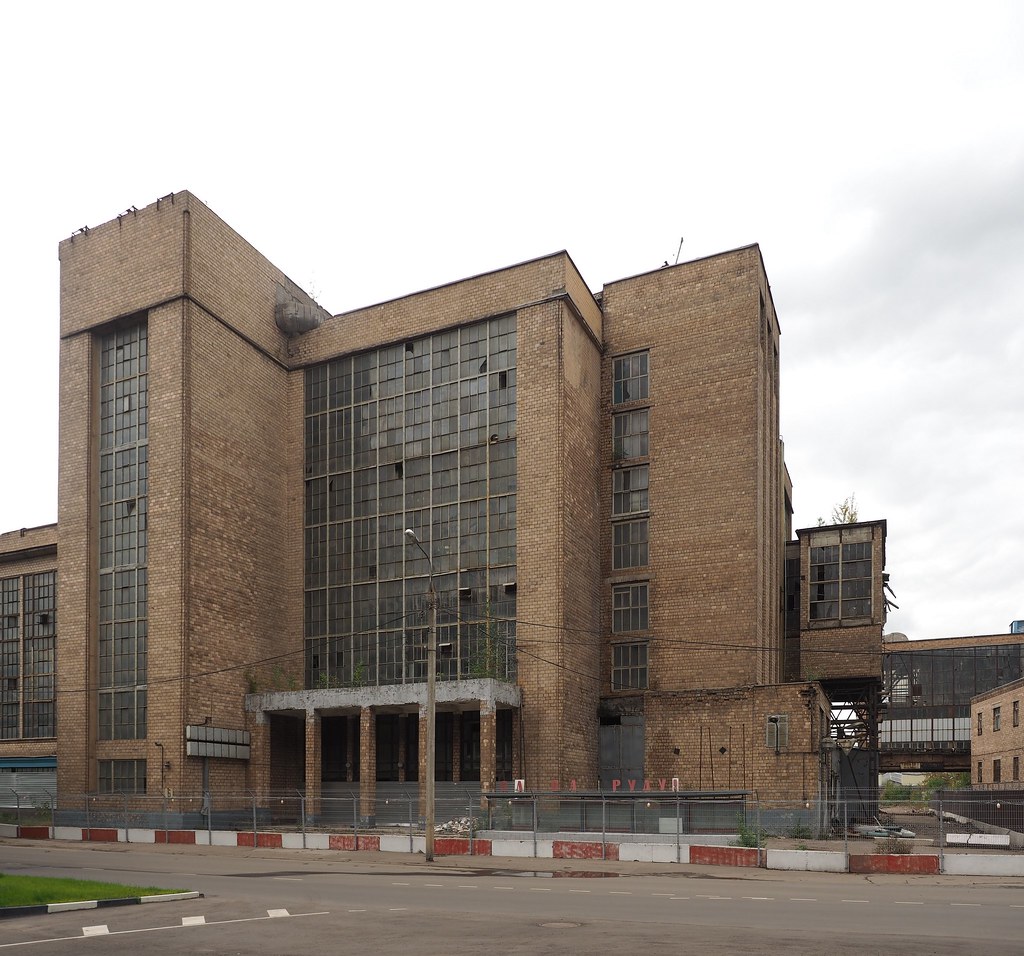
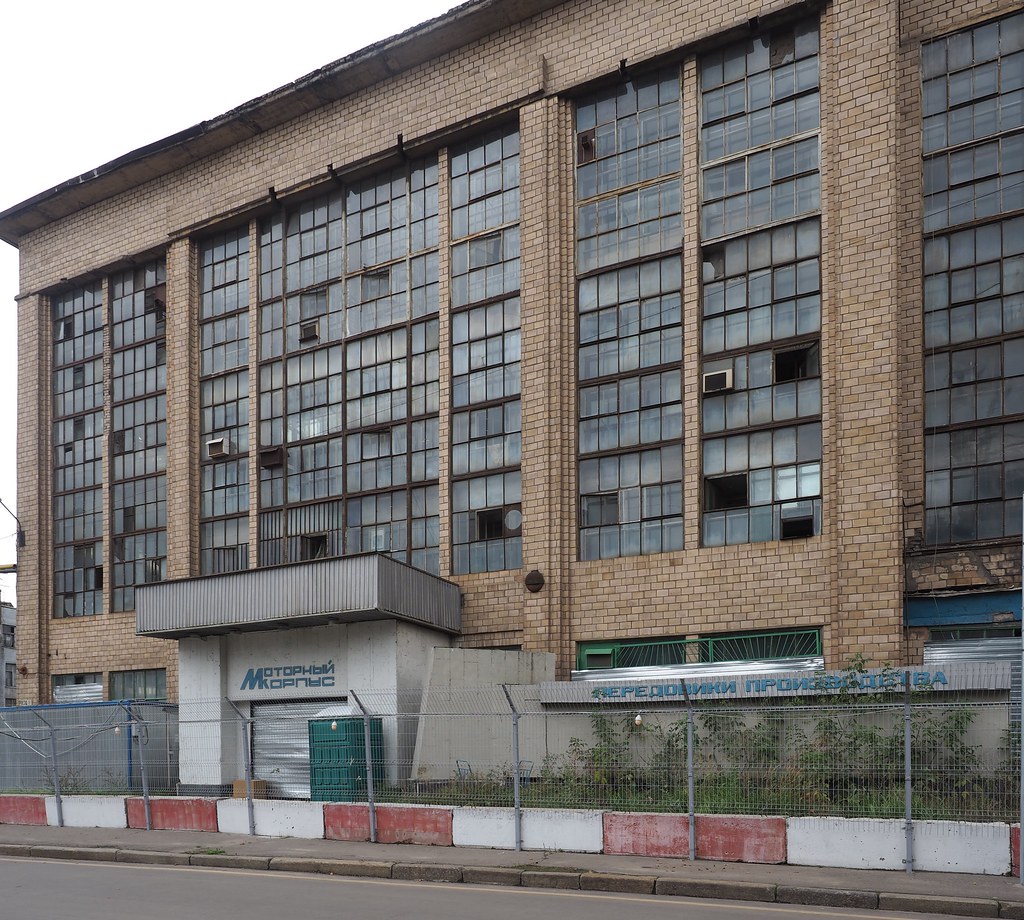
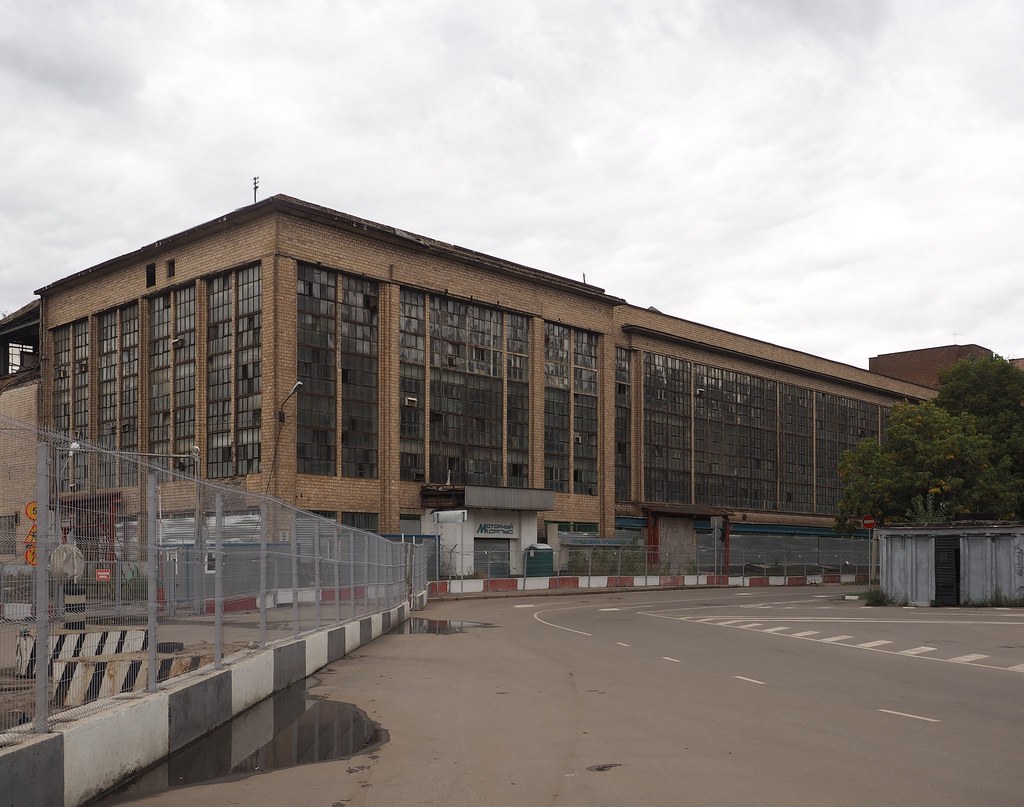
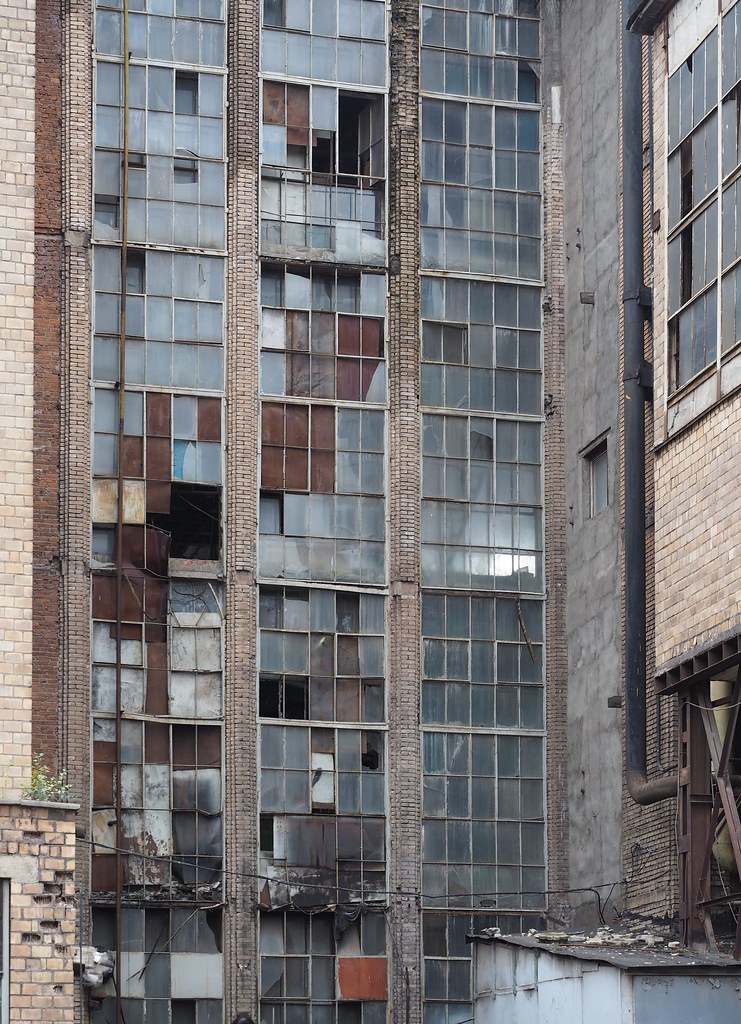
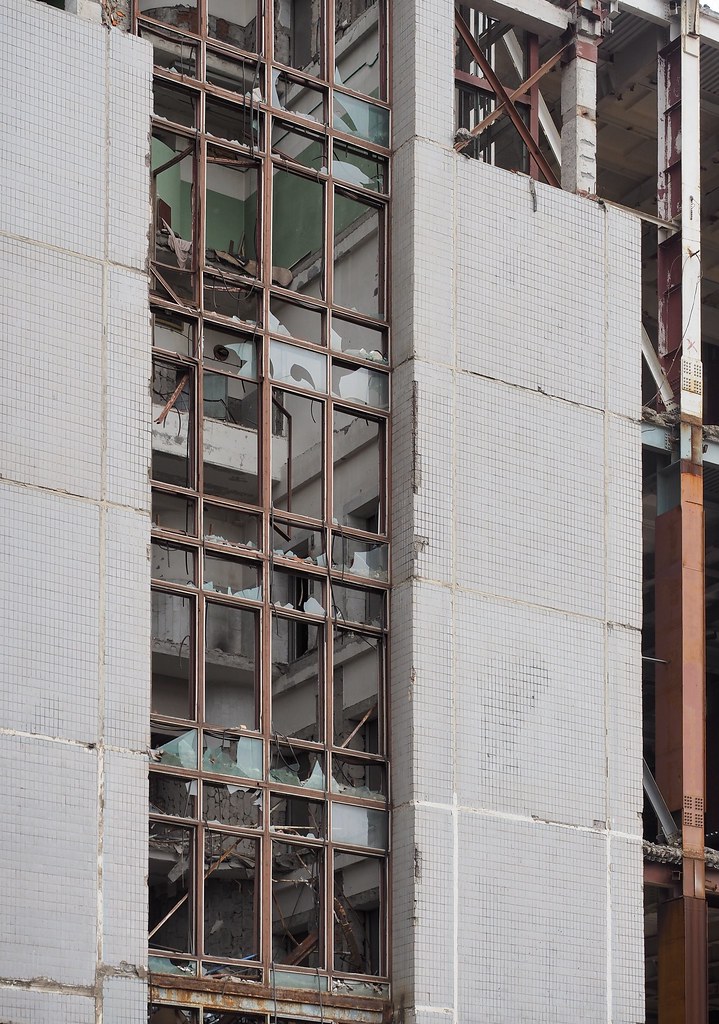



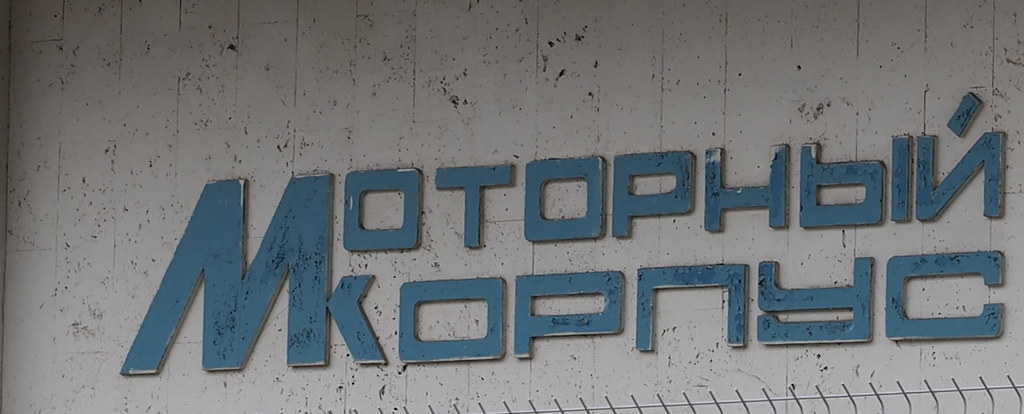
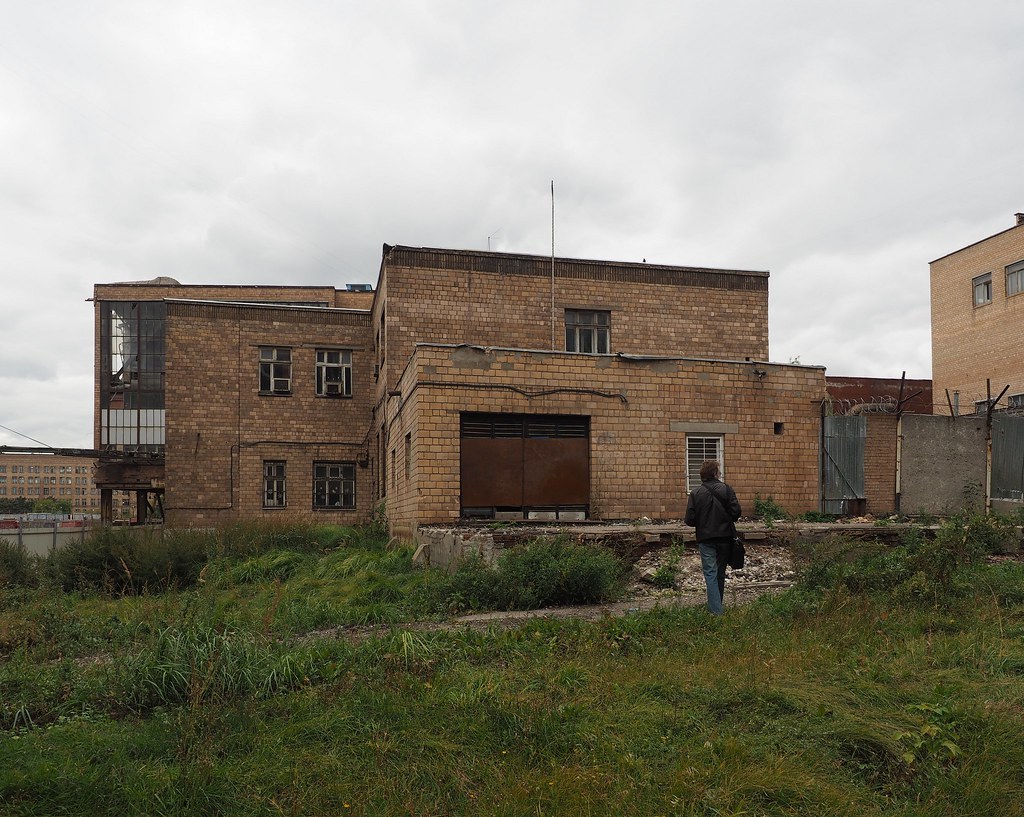
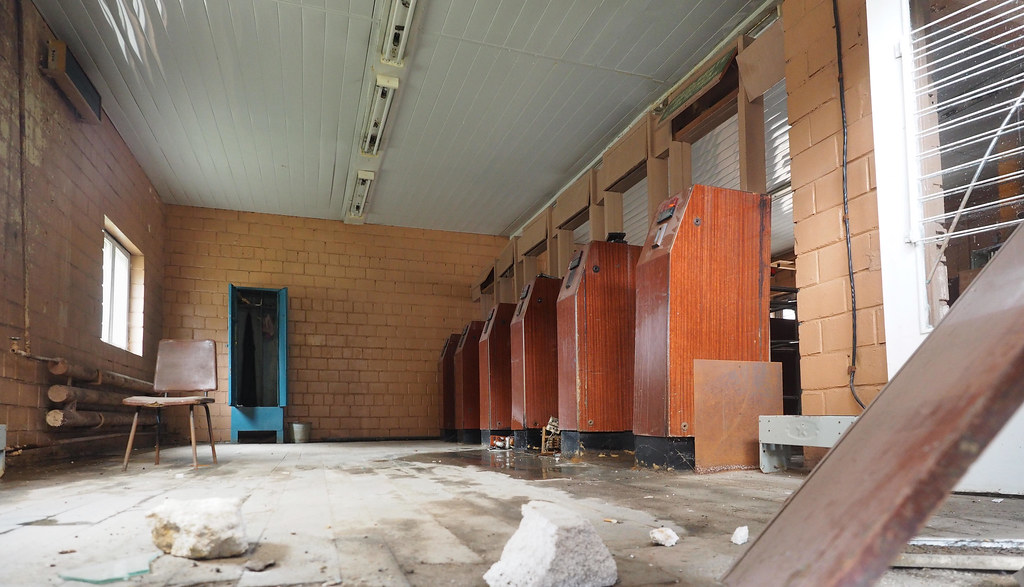
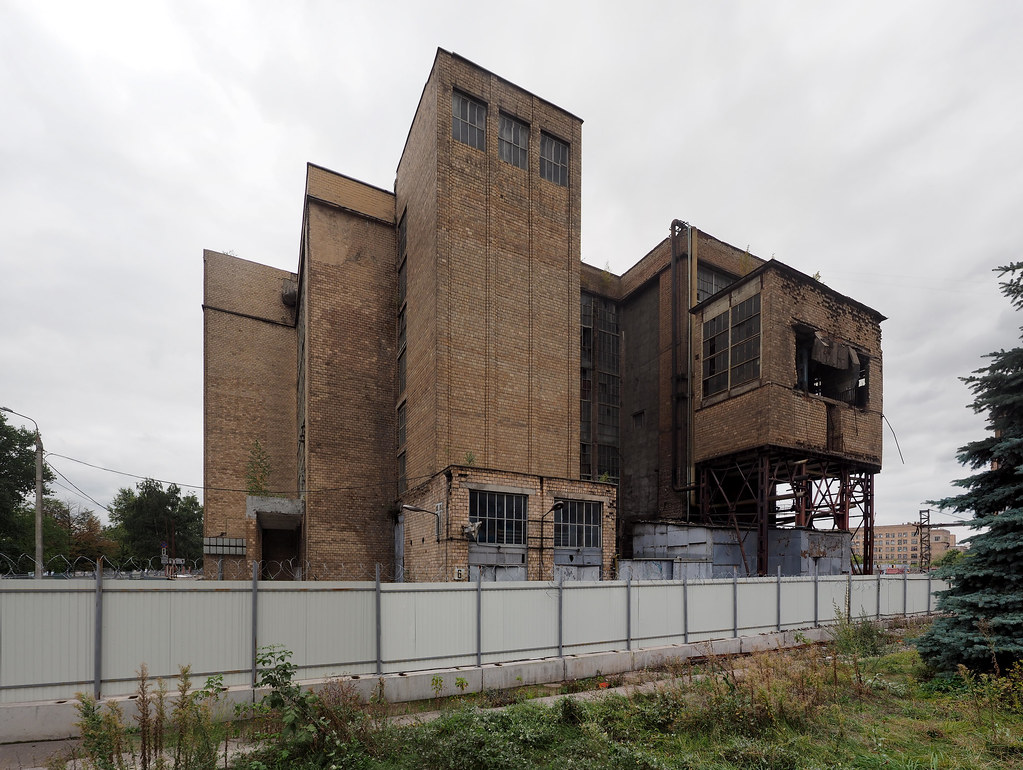


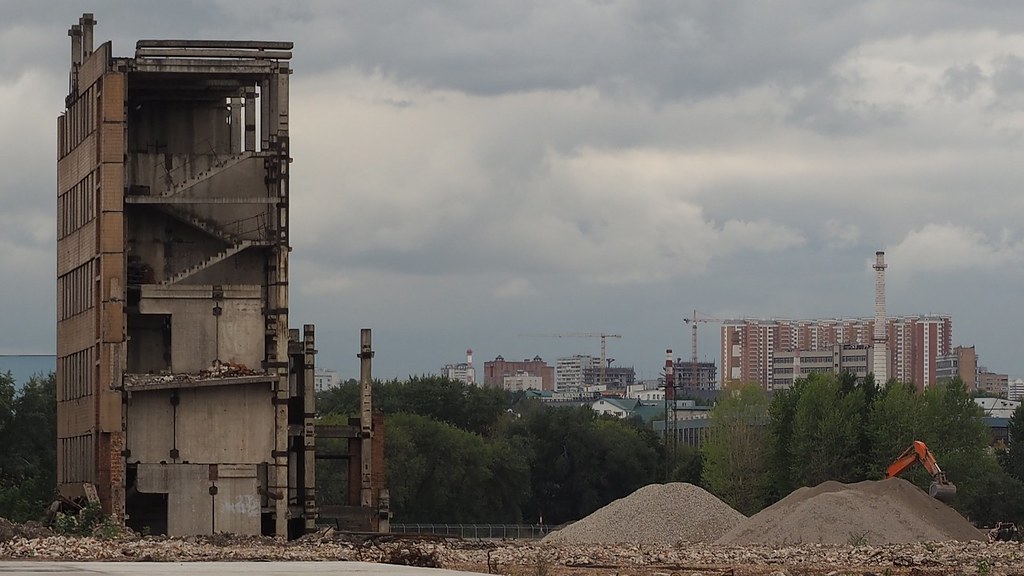
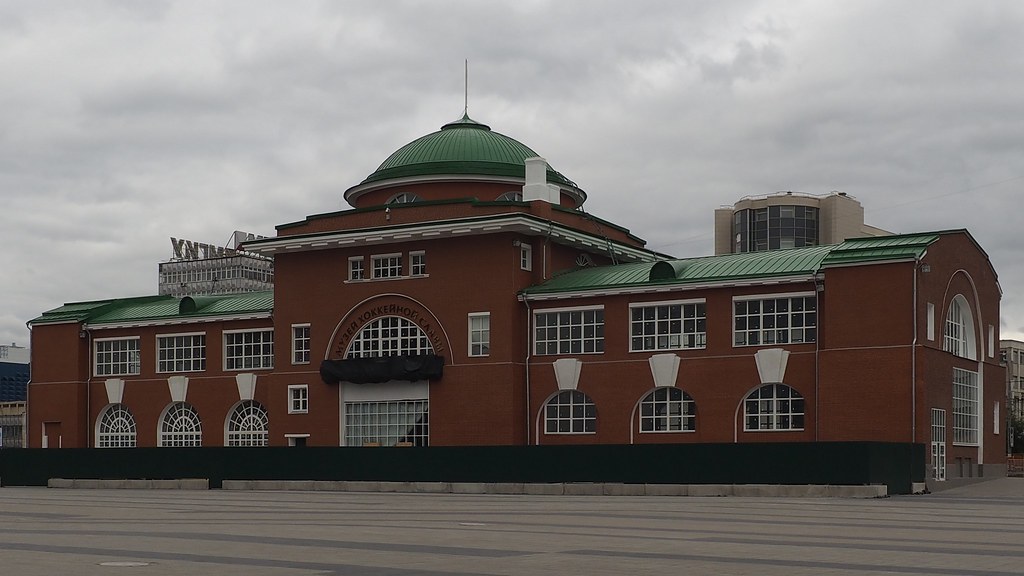

















 Последние штрихи: для лучшей видимости в полутьме мы покрыли края листов серебрянкой, а вот последние исправления вносили черной ручкой.
Последние штрихи: для лучшей видимости в полутьме мы покрыли края листов серебрянкой, а вот последние исправления вносили черной ручкой.


